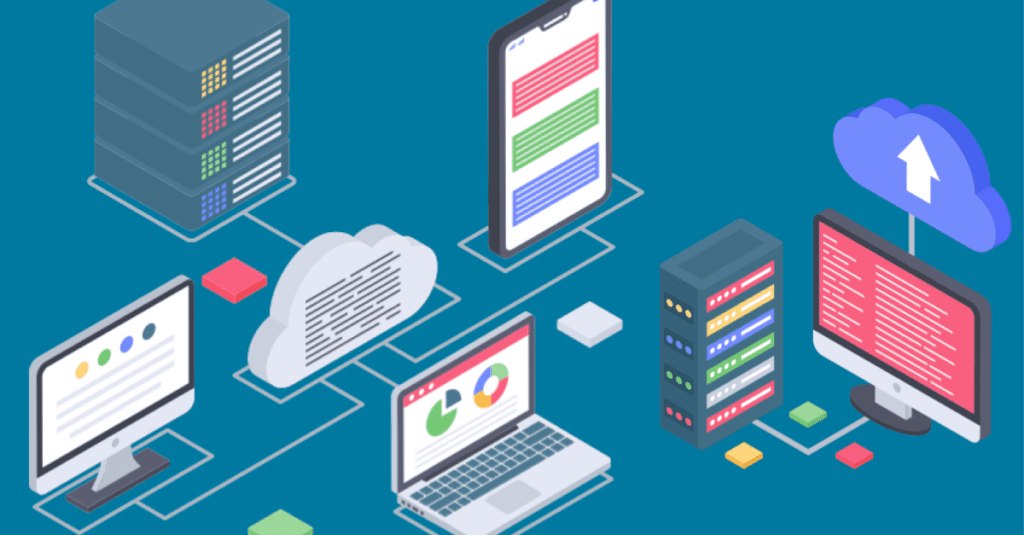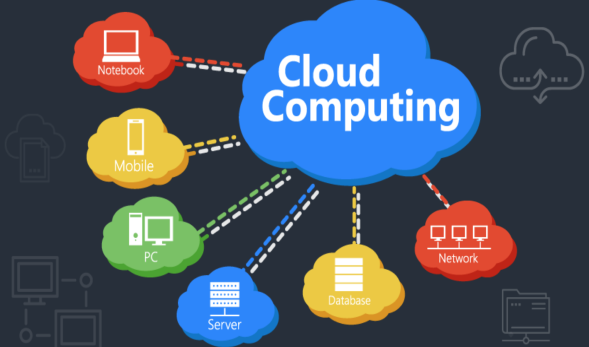
In a world where data reigns supreme, accessibility is paramount. Cloud computing has emerged as a transformative technology, revolutionizing the way businesses and individuals store, manage, and access their data. But what exactly is the power behind accessibility in cloud computing? And how does it impact businesses and society as a whole? In this article, we’ll delve into the intricacies of accessibility in cloud computing, exploring its benefits, challenges, and the future it promises.
Defining Access in Cloud Computing
Before diving deeper, let’s establish what we mean by accessibility in the realm of cloud computing. Accessibility here refers to the ease and convenience with which users can access and utilize cloud-based services and resources, irrespective of their geographical location or the device they’re using. This includes but is not limited to accessing data, applications, and infrastructure hosted on remote servers via the Internet.
The Benefits of Accessibility in Cloud Computing

- Scalability and Flexibility
Cloud computing offers unparalleled scalability and flexibility, allowing businesses to scale their resources up or down based on demand.
With accessibility, businesses can swiftly adapt to changing needs without the hassle of physical infrastructure upgrades.
- Cost-Efficiency
By eliminating the need for on-premises hardware and maintenance, cloud computing drastically reduces upfront costs.
Accessibility ensures that businesses only pay for the resources they use, optimizing cost efficiency.
- Global Reach
Accessibility in cloud computing breaks down geographical barriers, enabling global collaboration and operations.
Businesses can reach customers and partners worldwide without investing in physical infrastructure in every location.
- Enhanced Collaboration
Cloud-based collaboration tools facilitate seamless communication and collaboration among teams, regardless of their physical location.
Accessibility fosters teamwork and innovation, driving productivity and efficiency.
Challenges and Solutions
- Security Concerns
One of the primary concerns surrounding cloud computing is data security.
Implementing robust encryption, access controls, and regular security audits can mitigate security risks and ensure data integrity.
- Reliability and Downtime
Reliance on internet connectivity makes cloud services susceptible to downtime and disruptions.
Employing redundancy measures, such as multi-region data replication and failover systems, can minimize downtime and ensure business continuity.
- Compliance and Regulatory Issues
Compliance with industry regulations and data protection laws presents a challenge for businesses leveraging cloud services.
Partnering with cloud service providers that adhere to industry standards and regulations can help address compliance concerns.
The Future of Accessibility in Cloud Computing
As technology continues to evolve, the power of accessibility in cloud computing will only intensify. Innovations such as edge computing, quantum computing, and 5G networks promise to further enhance accessibility, enabling faster data processing and real-time interactions. However, with these advancements come new challenges, particularly concerning privacy, data sovereignty, and ethical AI Businesses and policymakers must collaborate in shaping a future where accessibility in cloud computing is inclusive, secure, and ethical.
Accessibility lies at the heart of the transformative potential of cloud computing. From scalability and cost-efficiency to global reach and enhanced collaboration, the benefits are undeniable. However, navigating the challenges of security, reliability, and compliance requires careful planning and strategic partnerships. As we embrace the future of cloud computing, let’s ensure that accessibility remains a guiding principle, empowering businesses and individuals alike to thrive in the digital age.

The Power of Accessibility in Cloud Computing
In the realm of modern business, accessibility isn’t just a buzzword—it’s a fundamental aspect that can make or break success, especially in the context of cloud computing. The power of accessibility in cloud computing lies in its ability to democratize technology, making it available to all users regardless of their background or physical abilities. Here are five key ways in which accessibility enhances the impact of cloud computing:
1. Inclusive User Experience Design
Accessible cloud computing platforms prioritize user experience design that caters to the diverse needs of all users. This includes implementing features such as customizable interfaces, keyboard navigation options, and compatibility with assistive technologies like screen readers. By ensuring that the user interface is intuitive and adaptable, cloud providers empower users of all abilities to navigate and utilize their services effectively.
2. Seamless Integration Across Devices
Accessibility in cloud computing enables seamless integration across various devices, allowing users to access their data and applications from anywhere, at any time. Whether it’s a desktop computer, laptop, tablet, or smartphone, users can connect to the cloud and collaborate with colleagues or access important documents with ease. This flexibility enhances productivity and fosters collaboration among teams, regardless of their location or preferred device.
3. Accessibility Compliance and Standards
Leading cloud computing providers adhere to accessibility compliance standards such as the Web Content Accessibility Guidelines (WCAG) to ensure that their platforms are accessible to users with disabilities. This includes providing alternative text for images, ensuring proper colour contrast, and optimizing code for screen reader compatibility. By meeting these standards, cloud providers demonstrate their commitment to inclusivity and create a more equitable digital environment for all users.
4. Enhanced Security and Privacy Measures
Accessibility in cloud computing goes hand in hand with robust security and privacy measures to protect sensitive data and ensure user confidentiality. Cloud providers implement encryption, authentication protocols, and access controls to safeguard data against unauthorized access or cyber threats. By prioritizing accessibility alongside security, cloud computing platforms instil trust and confidence in users, fostering long-term relationships and loyalty.
5. Empowering Innovation and Collaboration
Accessible cloud computing democratizes access to technology, empowering individuals from diverse backgrounds to participate in innovation and collaboration. By breaking down barriers to entry and providing equal access to resources, cloud computing levels the playing field and enables small businesses, startups, and entrepreneurs to compete on a global scale. This fosters a culture of innovation and creativity, driving economic growth and social progress.
The power of accessibility in cloud computing lies in its ability to democratize technology, enhance user experience, and foster inclusivity. By prioritizing accessibility in design, compliance, security, and innovation, cloud computing providers can unlock the full potential of their platforms and empower users to thrive in the digital age. As accessibility continues to evolve and improve, so too will the impact and benefits of cloud computing for individuals and businesses worldwide.


